×
SparkFun will be closed on Tuesday, December 24th, and Wednesday, December 25th, in observance of the Christmas holiday. Any orders qualifying for same day shipping placed after 2:00 p.m. (MST) on Monday, December 23rd, will be processed on Thursday, December 26th, when we return to regular business hours. Wishing you a safe and happy holiday from all of us at SparkFun!
Please note - we will not be available for Local Pick up orders from December 24th-December 27th. If you place an order for Local Pick-Up we will have those ready on Monday, December 30th.
March is Women's History Month, and we want to highlight some amazing women who have made influential contributions to science and technology you probably don't know about! Today we're talking about Hedy Lamarr, who was born in Austria in 1914. She was a Hollywood actress known for her stunning beauty and captivating performances on screen. However, many people are unaware of her contributions to the world of technology and her groundbreaking inventions.
Hedy Lamar and her patent sketch. Source: Wyld Networks
Her father was a successful banker and her mother was a pianist. Hedy was raised in a Jewish family and had an early interest in acting and the arts. As a child, Hedy was considered a prodigy, displaying a natural aptitude for both mathematics and music. She began acting in school plays and made her professional acting debut at the age of 16 in a German film.
In 1937, Hedy fled a marriage to an older man in Europe and moved to Hollywood and began her career in American films, changing her name to Hedy Lamarr. She quickly became known for her stunning beauty and appeared in several successful films in the 1940s. While Lamarr is best known for her acting career, she always had a keen interest in science and technology and co-invented a radio guidance system called "frequency hopping" during World War II.
Throughout her film career, Hedy kept pursuing her passion of inventing
Together with her collaborator George Antheil, an avant garde composer she was friends with, Lamarr came up with the idea of frequency hopping while speaking about their concern for the safety of Allied ships during the war.
At the time, radio-controlled torpedoes were rumored to be in development by the Allies. Lamarr was aware that these torpedoes could easily be jammed by the enemy, rendering them ineffective. Radio jamming is the intentional transmission of radio signals on the same frequency as another communication channel, with the goal of disrupting or interfering with that communication. She believed that if the frequency used to control the torpedo was constantly changing, it would be much more difficult for the enemy to jam the signal and prevent the torpedo from reaching its target.
Lamarr and Antheil, an unlikely pair who changed the world together
Antheil and Lamarr were able to approach this problem in an innovative way due to their unique perspectives, and his experience as a composer came in handy here. He was very interested in machinery, particularly in pianos, which gave them an idea of how to keep the two antennas in sync as the frequencies for the communications were changing. The ship and the torpedo would each have an identical player piano roll. Instead of controlling a musical instrument, the data on the rolls would set each antenna to a certain frequency. By reading the rolls at the same speed, the ship and torpedo could keep jumping frequencies and still have their antennas synced.
Example of how FHSS can enable communications to avoid interference. Source: ecomputernotes.com
In fully developed frequency hopping, the transmitter and receiver rapidly switch between different channels in a predetermined sequence. This sequence is known to both the transmitter and the receiver, and it is usually designed to cover a wide frequency range to increase the likelihood of finding a clear channel. Lamarr and Antheil received a patent for this technology and donated it to the US Navy, never getting any money from it.
Lamarr and Antheil's Patent for the "Secret Communication System", aka the Frequency Hopping Spread Spectrum
The technology was not implemented by the military until the 1960s, but it has since become the basis for modern technologies such as Bluetooth and Wi-Fi. Despite the significance of her invention, Lamarr did not receive recognition for her work until later in life. She was inducted into the National Inventors Hall of Fame in 2014, nearly a decade after her death in 2000. Lamarr's invention has had a profound impact on modern communications technology, and her legacy as both an actress and inventor continues to inspire many people today. In 2017, a biographical documentary called Bombshell came out about her life and accomplishments. Check it out to learn more about her!
Here's how frequency hopping works in today's wireless communication systems:
WiFi: WiFi uses a technique called frequency-hopping spread spectrum (FHSS), where the signal is transmitted on different frequency channels in a pseudorandom sequence. The signal hops between channels hundreds of times per second, and each hop lasts only a fraction of a second. This helps to reduce interference from other devices that may be using the same frequency channel and improves the reliability and security of wireless communication through WiFi.
Check out SparkFun components you can use to work with Wifi here.
Bluetooth: Bluetooth also uses FHSS, but it hops between fewer channels than WiFi (typically 79 channels). Bluetooth devices use a primary-secondary architecture, where the primary device controls the hopping sequence and timing. This helps to ensure that all devices are synchronized and that they are hopping on the same frequency channels. Bluetooth uses the 2.4 GHz frequency band, which is shared by many other wireless technologies, including Wi-Fi, cordless phones, and baby monitors. By rapidly hopping between different frequencies within this band, Bluetooth can avoid interference from other devices transmitting on the same frequency.
Check out SparkFun components you can use to work with Bluetooth here.
Example of Bluetooth frequency usage for multiple signals
GPS: GPS does not use FHSS as its primary mode of operation, but rather uses a direct sequence spread spectrum (DSSS) technique for signal transmission. However, FHSS can be used to improve the reliability of GPS signals in environments where there is significant interference or jamming. By rapidly changing frequencies, the GPS signal can avoid interference from a narrowband jamming signal that is centered on a specific frequency. To implement FHSS in GPS, a technique called Binary Offset Carrier (BOC) modulation is used, which combines the benefits of DSSS and FHSS. BOC modulation allows for the transmission of a narrowband signal while also hopping between frequencies to avoid interference, resulting in improved reliability and accuracy.
Check out SparkFun components you can use to work with GPS and other satellite technology here.
Have you used frequency hopping technology? Thank Hedy Lamarr! We want to hear about your work and what women have inspired you through their inventions. Shoot us a tweet @sparkfun, or let us know on Instagram, Facebook or LinkedIn.
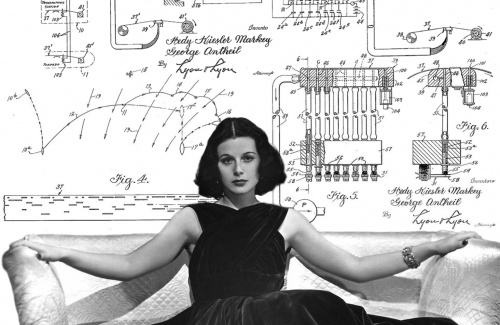
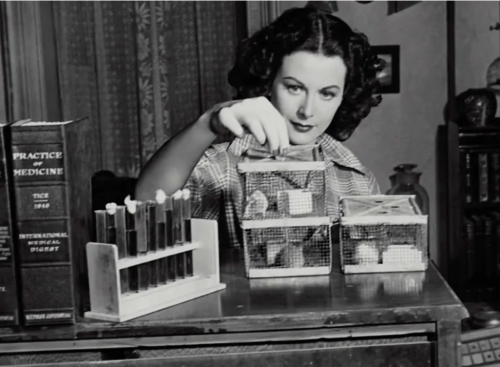
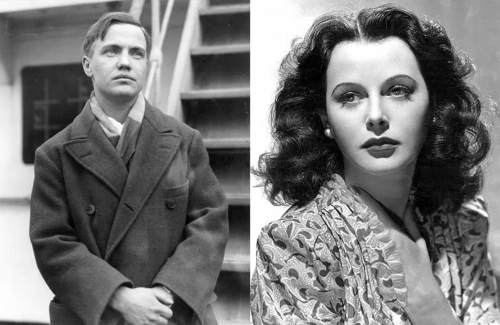
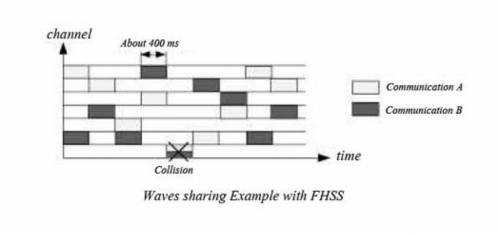
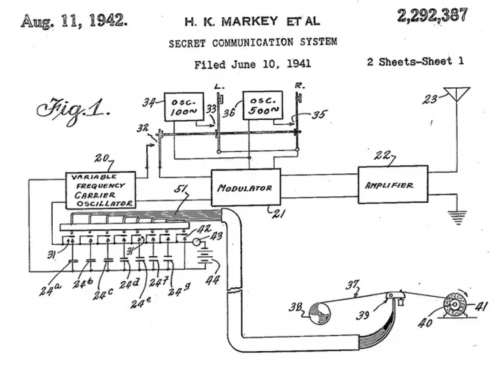
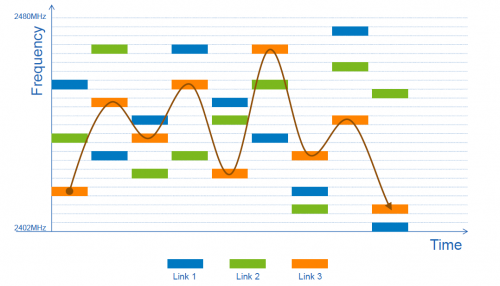

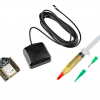
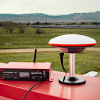








The story goes that George Antheil was madly in love with Hedy Lamarr and this was an attempt to gain her interest. There are no documents from Hedy Lamarr in the original filing, just her name. She never discussed the work later in her life and her personal papers never had any connection to the patent. Most notable, contact with George Antheil was brief and ceased within a few months of them meeting.